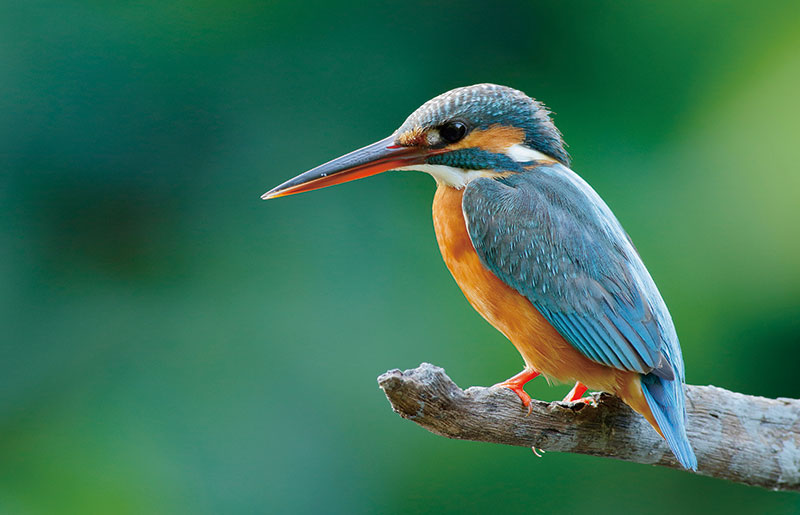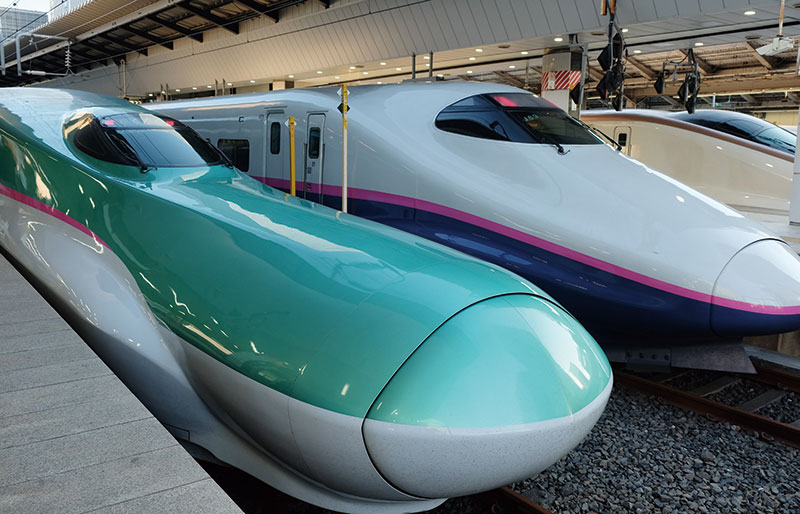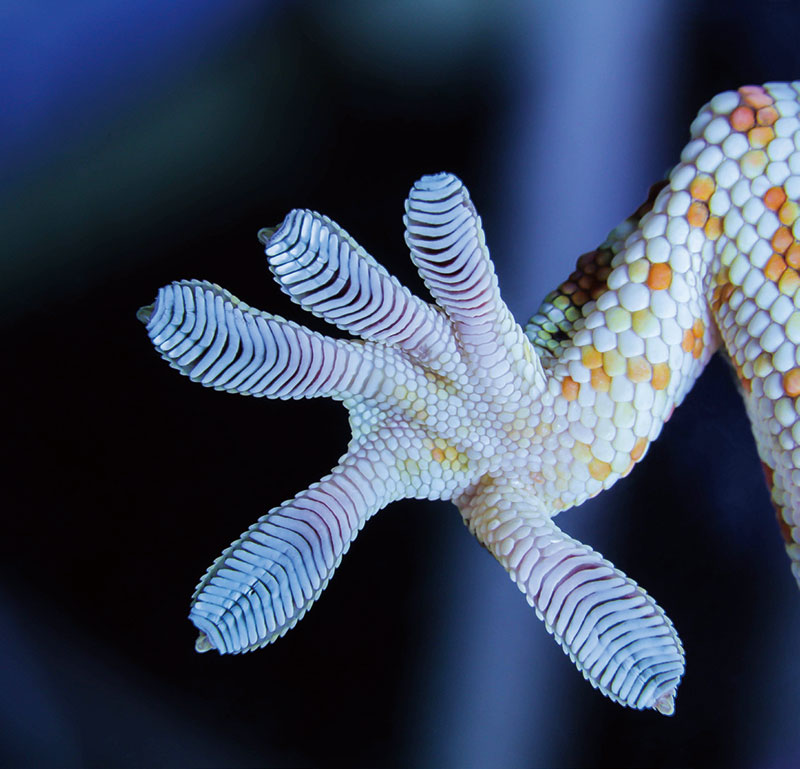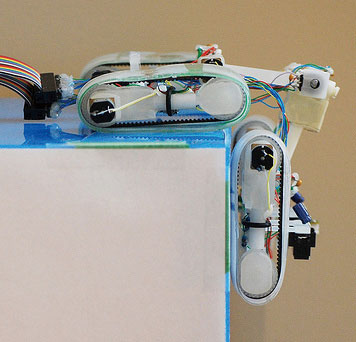
- OUTSIDE
- Special Theme _
NATURE INSPIRED TECHNOLOGY
본문영역
Finding answers in nature, the future of humanity
Technology inspired by nature!
Energy and resource depletion, environmental destruction, and climate change have intensified greatly in recent years, emerging as causes of global warming and the COVID-19 pandemic due to unilateral scientific and technological developments and industrialization that have failed to consider our natural ecological environment. It is time for a new paradigm shift to minimize the impact of industrial activities on the global ecosystem and to develop a sustainable future society.- Written by Kim Wan-doo, Research Fellow, Korea Institute of Machinery and Materials
The Global Footprint Network (GFN) announces the Earth Overshoot Day (EOD) every year. EOD is calculated by first calculating the ecological footprint (unit: GHA), which represents the total cost of producing food, clothing, shelter, energy, resources, etc., and the generation and disposal of waste necessary for humans to live on Earth, converting it into “land area”, and comparing it with the Earth’s natural bio-capacity. In other words, EOD refers to the day on which the natural ecosystem has used up a year's worth of resources given to humanity. It was in the early 1970s that consumption exceeded the Earth's ecological capacity, and it has steadily accelerated each year up to July 28, 2022. South Korea's EOD was recorded as having reached a severe level on April 2 of this year.
Energy and resource depletion, environmental destruction, and climate change have intensified greatly in recent years, emerging as causes of global warming and the COVID-19 pandemic due to unilateral scientific and technological developments and industrialization that have failed to consider our natural ecological environment. It is time for a new paradigm shift to minimize the impact of industrial activities on the global ecosystem and to develop a sustainable future society.
Nature-inspired technology, which is an engineering application inspired by the basic structures, principles, and mechanisms of natural ecosystems, has attracted attention as an alternative for solving the huge challenges currently facing humanity, such as energy, resources, and the environment, and the sustainable development of the Earth.
Nature-inspired technology refers to any technology that simulates the basic structures, principles, and mechanisms of natural ecosystems, natural phenomena, and living organisms (mimetics), and which is applied to engineering. It is a step forward from the concept of biomimicry that generally targets living organisms and ecosystems, and can be described as convergence technology designed to enrich human life and make it more convenient by taking inspiration from nature, including inanimate objects. The Korean translation of “nature-inspired technology” includes various meanings such as “design/plan” and “copy/reproduce.” The compound word “biomimetics” was used for the first time by the American inventor and engineer Otto Schmitt, who made revolutionary scientific achievements in the field of biophysics in the 1950s, and was first listed in Webster’s Dictionary in 1974.
Biomimicry is used in the same sense as biomimetics, although it is used more closely in the sense of biomimicry than biomimetics. It was first used in 1982, but the term became widely known when Janine Benyus of the United States created an association called "Biomimicry" in 1997 and published a book about it. The academic paper "Theory and Application of Biomimetic Engineering," published in 2006 by Professor Julian Vincent of the United Kingdom, explains that the utilization of energy and the use of substances are the most critical variables when seeking solutions to any problem from a scientific and technological point of view; and thus, from the perspective of natural life, the essential variables in problem-solving methods are information, space, and structure, rather than energy or matter. In other words, in solving technical problems, there is a tendency to obtain solutions by using additional energy or new materials, whereas nature suggests more efficient and sustainable eco-friendly solutions through further information or structural modifications, rather than by using extra energy or substances. As such, nature-inspired technology, which mimics optimized nature and uses it for engineering purposes, can provide a breakthrough for developing new functions, devices, and systems, and has also attracted attention as a clean technology in terms of carbon neutrality, which has recently become a major issue.
NATURE INSPIRED TECHNOLOGY
Source: outlookseries.com
Nature-inspired innovative technology is based on micro/nano analysis and design/manufacturing technologies that have advanced rapidly since the 2000s. Active research and investment are being carried out in technologically advanced countries such as the United States, Germany, and Japan. It has been reported that it is expected to account for as much as USD 1.6 trillion of global GDP by 2030 and to create 2.4 million jobs in the United States alone. However, there is a view that the recent rapid development of science and technology has led to a period of stagnation in technological development. As a result, researchers are keenly aware of the need to respond to the problem by developing technologies that can adapt to nature. Accordingly, innovative nature-simulating technologies are being emphasized in a bid to make a major breakthrough and resolve the current structural and functional limitations and problems associated with science and technology. It is expected that new markets will be created and engineering challenges resolved by obtaining new ideas from the observation of life forms or structures that have survived on the earth over a period of 3.8 billion years and applying these ideas to the development of innovative technologies that can simulate nature. Although the wave of the Fourth Industrial Revolution to realize a hyper-connected and super-intelligent society is rising, there are concerns that energy and resource depletion, environmental destruction, and climate change due to unchecked development and industrialization that fail to take into account the natural environment of the Earth will further accelerate. The nature-inspired technology is expected to play an important role as a new science and technology paradigm to develop a sustainable future society, minimize the impact on global ecosystems, and develop innovative growth industries.
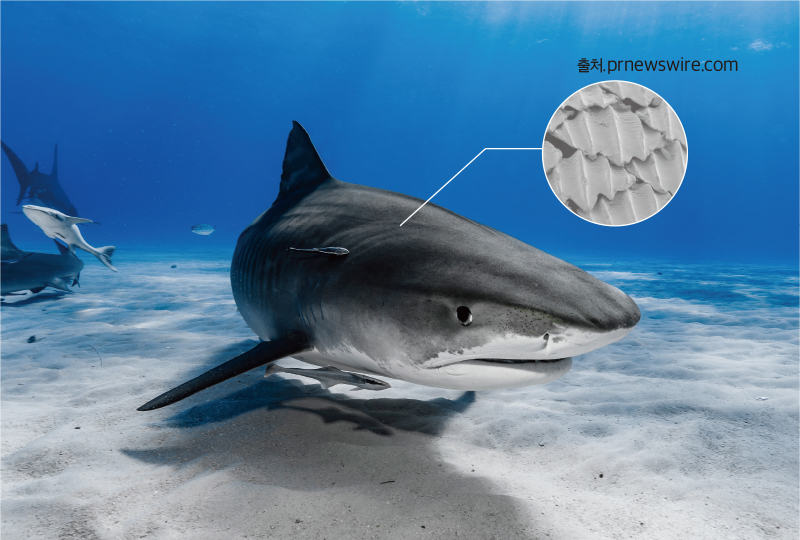
[References]
[1]Kim Wan-doo, Nature-inspired Technology for a Paradigm Shift for Future Research Focus, Exploring the Next Industrial Revolution, and Sustainability, FUTURE HORIZON, 2018, No. 3, Vol. 37.
[2]] Kim Wan-doo, Finding answers in nature for future innovative technologies, 2020.
